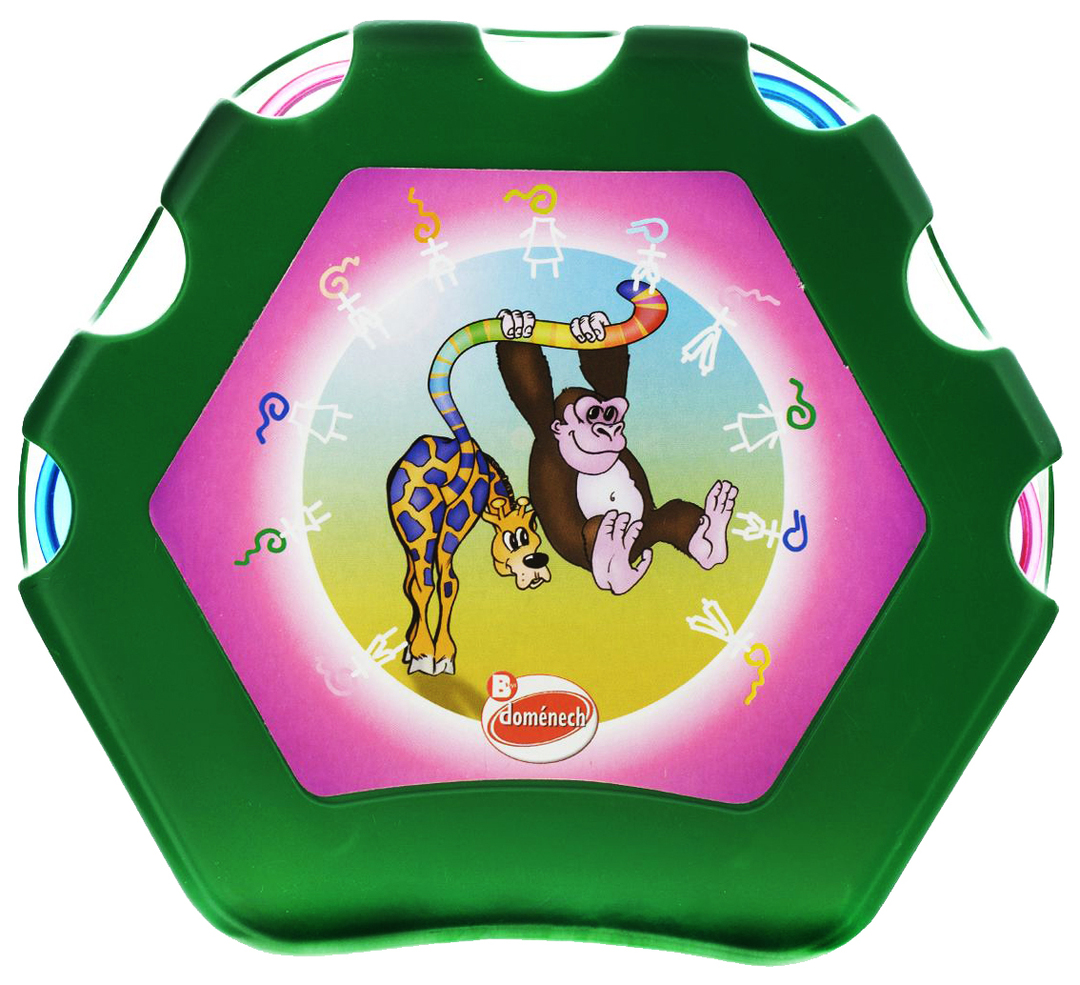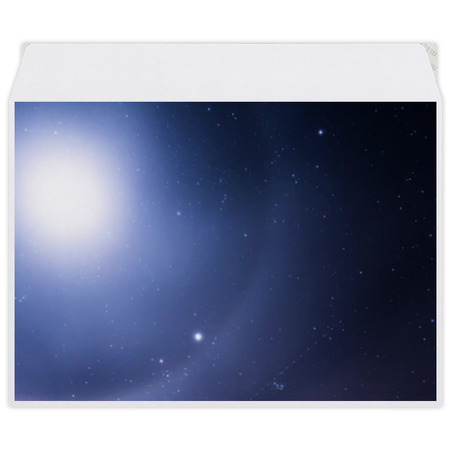Clamp - a tripod for digital camera or a video camera, which is designed on the principle of attachment-pegs, not stable legs. Along with standard tripods and monopods It helps improve the quality of shooting.
The equipment is designed for capturing objects in static and motion is applied while working in the studio, night scenes, in terms of nature and the city.
There are several varieties, which differ in type and the working head attachment. The main two types: room and marching.
When you select should pay attention to the type of fastening, max load weight on the leg, material and functionality of the head.
Content:
- Features
- Clamp design for fotoaparata
- How to choose a clamp for the camera
- Types of clamps for the camera
- How to use
- Precautionary measures
- Faults and solution
Features

Clamp - tripod lightweight version which is used for photo hunting, shooting extreme, as marching embodiment. Special Feature - can be fixed to any objects as trees, furniture or a fence, unlike standard tripods and monopods for camera.
The equipment is designed to expand the functionality of a set of photographic equipment. It facilitates the sealing of a group of people together with the photographer.
It allows you to create unique compositions, even in rough terrain. Where it is impossible to arrange a classic Trinoga (tripod). Suitable equipment camera with ultrazoom.
lightweight type of equipment is used:
- for selfie (Imprinting itself) to a professional photo equipment in the conditions of city and nature. The equipment is able to withstand a set of photo equipment (camera, flash and lens) 2-5 kg.
- Panoramic in extreme conditions. Example - in the mountains, where there is a possibility to attach equipment to a tree, but there is no possibility to arrange Trinoga among the rocks, or to bring heavy equipment to the top.
- For the photoshoot: Capturing wildlife require many hours of exposure.
Clamp - compact version, which can be attached to a tree, this feature is used professional photographers, who hunt for copyrighted photos with heavy machinery that needs to be clearly indicate.
- For capturing objects in a room with ambient light. When operating in a mode with a large number of ISO (sensitivity level). necessary statics SLROtherwise the image is blurry and dark.
Variants with a pin-mount designed to room shooting. Fixed on the furniture and interior items for 5-30 seconds.
- For capturing objects in long exposure mode. Increasing the opening of the shutter, you must create a static position of the camera, otherwise the picture will not work. Example: Capturing traffic lights on the road.
- Night mode is only possible to lock the lensAnd such equipment expands the space for mounting the camera in conditions and the city, and wildlife.
- Less often the equipment is used for work in the studio, to the author's shooting.
The principle of operation is different from a monopod or tripod installation method. In contrast to the variants with one or three feet, there is no stick completely.
Rare model manufacturers produce with integrated pull-foot, purpose - to increase the functionality and an overview of the lens. Traditionally, the equipment consists of a head for the camera settings, which immediately flows into the bracket.
The base is of two kinds: with clamping screw or a pin.
Fixing a tripod in all forms: clamping screw object clasped and fixed equipment. There are several types of fastening that define the structure.
Clamp design for fotoaparata

The camera is mounted on a movable head, connects remote self-timer function (optional) installed retractable leg or directly attached to the selected object, for example - or a tree branch post.
When selecting the clamp pay attention to the fasteners on the perimeter of the stand: at the bottom, at the head connecting screws. Purpose instance - fixing atypical cells in a position which can not provide a three-legged or legged embodiment.
Because it is important to purchase a model that will stand the strain of professional photographic equipment.
The basis of selection for the camera tripod - is the weight of the art, together with the camera lens (the heaviest set) and flash. When choosing summarize this data to select the optimal model. The selection rule - the heavier the tripod, so it is more stable.
Weighty worse transmit vibrations from the moving objects and the earth, which are reflected in the photo blurred the sharpness and noise when properly exposed shooting settings.
Prefer models, which themselves weigh more than 300-500 grams and are designed to withstand the weight of 1-5 kg.
By design, the clamp is divided into three subspecies:
- Standard (A form of clamping screws - the G letter, work on the same principle as the building tool);
- Universal (F-shaped mount);
- Pin (Used only for work in confined spaces for mounting on furniture and home furnishings);
- Built-in screw for fixing in soft wood.
Conventionally, they are divided into two groups: the options with the ability to lock in all environments and models for indoor use.
In the first case the base structure - a clamping screw which grips the object with the G- or F-shaped base.
Manufacturers produce models with built-in-self-tapping screw, which is designed to mount the camera directly to a tree. Universal options used for amateur and professional cameras with lightweight lenses.
In the second case - a clothespin ribbed lips, which carries the camera head to the base. Fixing element - the spring clip, instead of the screw. The model is designed for fixing built equipment weight to 1 kg.
This indoor version of a tripod, which is not suitable for fixing the photographic technique in terms of nature and the city.
How to choose a clamp for the camera

The basis for the choice of clamp - the severity of the camera, the type of head attachment and options. Miniature racks made of lightweight materials, such as aluminum or plastic.
When you select a note on compact models and the load that it can withstand, for metals resistance threshold above. They can be folded into a compact pouch without damaging the structure.
Type of fastening defined environment for photography. Screw options suitable for wildlife, the city, at least - the room. An instance with a pin suitable for photographing buildings interior space.
Additional function screw mounting to wood with screws irreplaceable in terms presechonnoy areas.
The main criterion for the selection of functional copies - a type of head, which is attached the camera.
Manufacturers equip the majority of models of basic ball heads that allow you to move the camera for the second one, at least - in two planes.
When choosing a look for models that have not stagger and fixing bolts, as the average weight that can withstand the clamp - 1 kg.
For professional photographic equipment produce a separate line of miniature helical racks that can withstand the weight of an average of 5 kg.
Clamp heads are equipped with:
- Ball head. Structurally is a ball that cranks camera mount in one or two planes. Designed for standard, reportage and panoramic shooting. Advantage - mobility.
Changes camera angle for 3-5 seconds (mechanical rotation). Disadvantage - not suitable for photographing high buildings. Is used for the base survey in the wild.
- 3D - mounting. It differs from a spherical head camera scrolling through 360 degrees.
Rarely used in the clamps. It is assembled with a tripod structure which includes a retractable foot for increased review and scroll through the camera around an axis.
Head is in the high-price range. Some models are produced with controller scroll angle camera, the width and height of the horizontally and vertically.
The disadvantage - the time allotted for an operation to change the camera position. Give preference to models with a built-in level.
- Macro head. Used for capturing wildlife during the photoshoot. Feature - in macro shooting mode head is rotated in two planes by 1 mm at a time.
Models in the high price range are equipped with an electronic drive of the camera movement.
- Panoramic head. Intended for panoramic photography, millimeter per millimeter, static and moving objects. Used in clamps for professional photographic equipment.
To use a tripod, you need to master the specialized knowledge to each particular model due to the original design, features and controls of different manufacturers.
Choose a model for shooting in space and nature. Pick up a versatile option for both versions can not. Professional photographers are selected mobile clamp for each type of shooting.
Types of clamps for the camera

Tripod with G-shaped and F- mount designed for amateur and professional cameras. The same principle of design, models from different manufacturers are not kept the same weight limits of photography.
Because the choice is not limited to the mounting type and the quality of fasteners. For shooting in the city and the nature of the use, and the one and the other kind. Choose by preference photographer, often acquire both types of experiments.
Variants with fastening a pin designed to contain. They can not be compared with the universal clamp, since the main difference - the maximum weight mounted on a tripod photographic equipment. Models with a pin weighing chamber maintained only up to 1 kg.
Pick-purpose device, one for nature and space. Prefer tripods with a movable head which controls the position of the camera in two planes, increasing functionality.
How to use

States needs to operate according to the rules spelled out in the manual. Basic recommendations:
- To secure the clamp start recording on a suitable supporting surface.
- Align the angle or rotation of the head.
- Check the tripod attachment to the object.
- Mount the camera on the clamp, secure the base.
- Check the stability of the construction with the camera.
- Adjust the lens angle, height and tilt. Use the built-in camera or tripod level.
- Connect the electronic drive (if available).
- After completion of the operation, switch off the drive chamber disconnect and remove the clamp.
Precautionary measures

- Store and transport clamp only in a special carrying case, not with photographic equipment.
- Before using, make sure that the fasteners are safe, and the head is not loose.
- After installing the tripod check the stability of the construction.
- Do not exceed the maximum permissible load on the body tripod.
- Do not install the clamp in direct contact with electricity.
Pay attention before you start of fasteners. Look for cracks and the bolts that stagger. You can not use the device in a damaged condition, the risk - photo equipment damaged mechanically.
Faults and solution

A typical fault - Faulty fasteners. Do not exceed the load on the equipment. Plastic models burst, and in embodiments diverge aluminum and fasteners bolts.
If you broke the plastic fasteners, it can not be repaired. It needs to be replaced or the purchase of a new machine.
The second reason - after exceeding a head crash load while the camera angle and the scroll speed at the fixing axis. The only solution - replacement parts in the service center.
A third common problem - the loss of screws. Can be replaced in an independent manner or repair shop.


